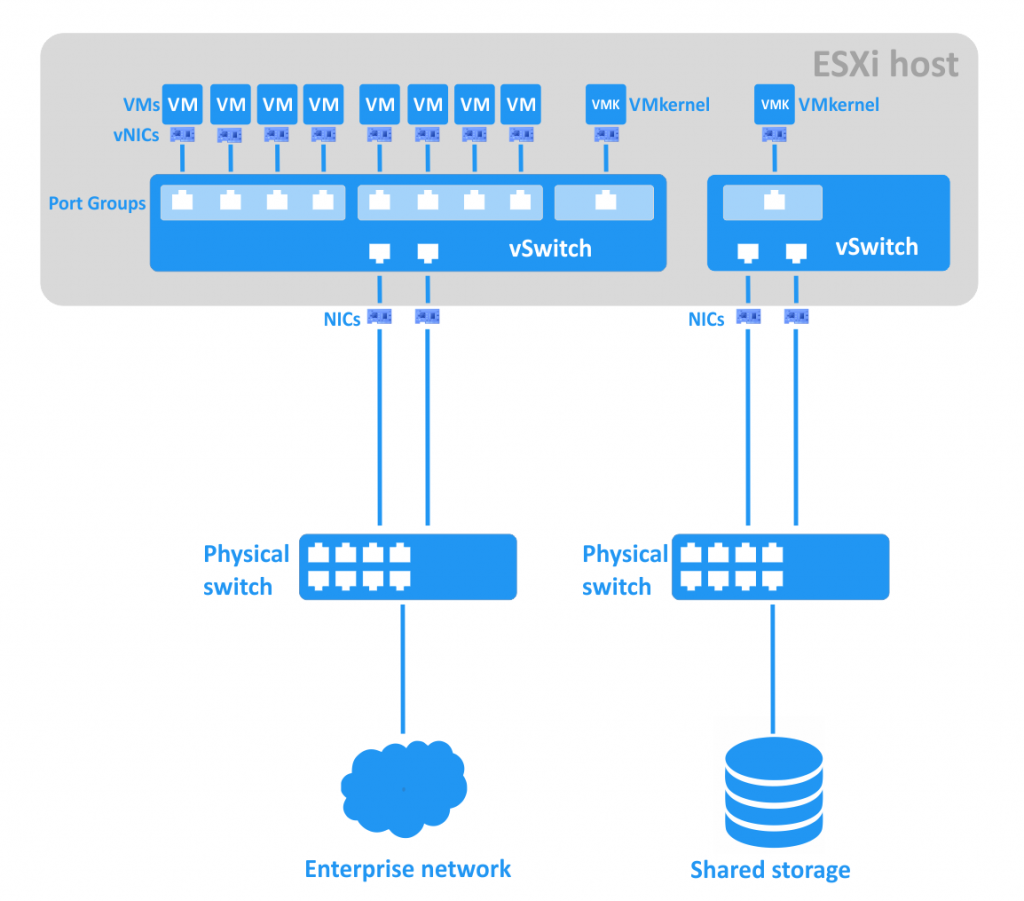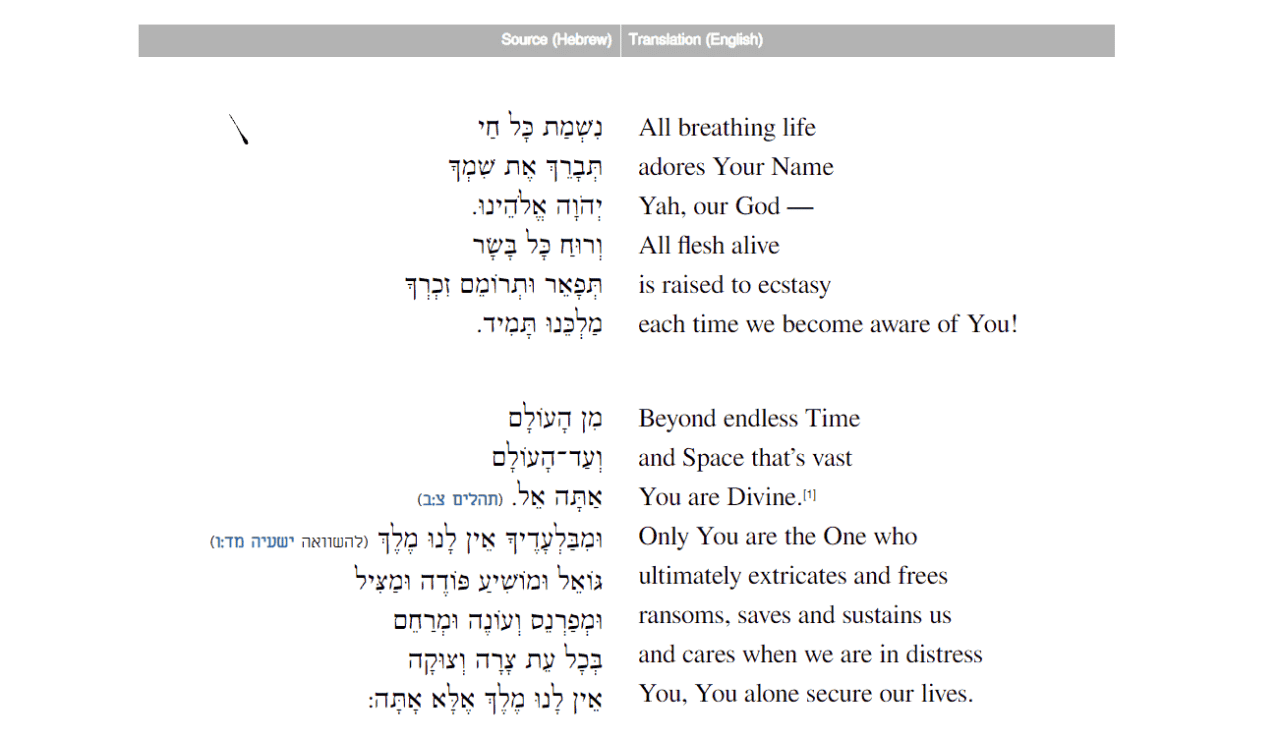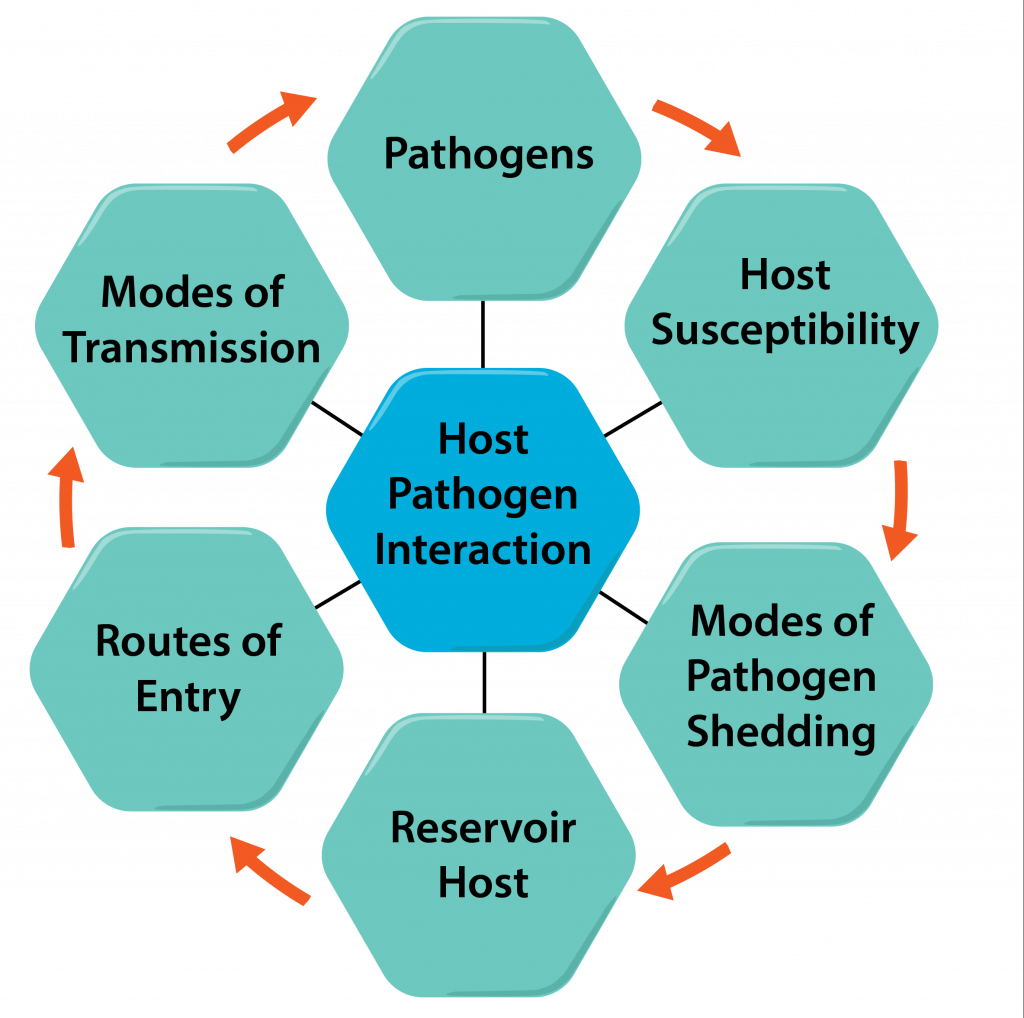Mastering the art of hosting engaging and professional webinars is crucial for effective communication and audience engagement. This guide provides a comprehensive roadmap, covering every stage from meticulous planning to captivating post-webinar follow-up. We’ll explore the critical elements for creating a successful webinar experience, from crafting a compelling title to addressing technical issues and fostering audience interaction.
This detailed guide will equip you with the knowledge and strategies to create a webinar that resonates with your audience, leaving a lasting impression and achieving your objectives. We’ll dissect the core components of a successful webinar, from the initial planning stages to the crucial follow-up actions that solidify the experience.
Content Creation

Crafting a compelling webinar presentation requires careful planning and execution. A well-structured presentation, engaging visuals, and interactive elements are key to maximizing audience participation and retention. This section details strategies for creating a webinar that captivates your audience and delivers your message effectively.Effective webinar content goes beyond simply delivering information; it involves fostering interaction and leaving a lasting impact.
By incorporating various techniques, you can create a dynamic and memorable experience for your attendees.
Key Elements of a Compelling Webinar Presentation
A compelling webinar presentation hinges on several crucial elements. These elements include a clear presentation structure, impactful visuals, and opportunities for audience interaction. A strong introduction immediately sets the tone, while interactive Q&A sessions encourage audience engagement. Furthermore, real-world examples grounded in solid data illustrate the practical application of the information.
- Clear Structure: A logical flow of information is essential. The structure should guide the audience through the presentation, ensuring a seamless transition between topics. Begin with a concise introduction, proceed with clear explanations of key concepts, and conclude with a summary and call to action.
- Impactful Visuals: Visual aids, such as charts, graphs, and images, can significantly enhance audience understanding and retention. They should be clear, concise, and directly support the content being presented. Consider using a consistent color scheme and font style for a professional look.
- Interactive Q&A Sessions: Allocate dedicated time for audience questions. This allows attendees to clarify doubts and engage directly with the presenter. Preparing a few thoughtful questions in advance can also stimulate discussion and highlight important points.
- Real-World Examples: Grounding abstract concepts in practical applications makes the information relatable and memorable. Include case studies, examples from your own experience, or industry trends to illustrate the value of the content.
Structuring Content for Maximum Engagement
Organizing webinar content in a way that keeps the audience attentive and involved is crucial. A well-structured presentation should guide the audience through the information in a logical manner.
- Introduction: Start with a captivating introduction that clearly Artikels the topic and sets the stage for the presentation. Use a compelling hook to capture attention and explain the webinar’s objectives.
- Body: Divide the main content into logical sections. Use headings and subheadings to visually separate the different topics. Each section should focus on a single concept to maintain clarity.
- Conclusion: Summarize the key takeaways and provide a clear call to action. This reinforces the learning objectives and encourages audience participation.
Introduction Template
A well-crafted introduction is essential for grabbing the audience’s attention and setting the stage for a successful webinar. A compelling introduction will not only establish credibility but also pique the audience’s interest.
- Hook: Start with a compelling question, a surprising statistic, or a relatable anecdote to grab the audience’s attention.
- Context: Briefly introduce the topic and its importance to the audience.
- Objectives: Clearly state the learning objectives of the webinar.
- Artikel: Briefly Artikel the key topics to be covered in the presentation.
Interactive Question-and-Answer Session
A robust Q&A session is crucial for fostering audience engagement and clarifying any doubts. An effective Q&A session can significantly enhance the value of the webinar for participants.
| Question Type | Response Strategy |
|---|---|
| Direct Question | Provide a concise and direct answer, referencing specific points from the presentation. |
| Complex Question | Break down the question into smaller parts, addressing each element in a logical sequence. |
| Unrelated Question | Gently redirect the question to the appropriate topic area or schedule a follow-up. |
| Technical Question | Acknowledge the question and offer a solution or a resource for further investigation. |
Creating Engaging Visuals
Visual aids are vital for enhancing audience engagement and comprehension. A presentation’s visual elements should complement the content and reinforce key points.
- High-Quality Images: Use high-resolution images that are relevant to the topic. Avoid blurry or pixelated images.
- Informative Charts and Graphs: Use charts and graphs to present data effectively and visually represent trends or comparisons. Ensure clarity and accuracy.
- Consistent Design: Maintain a consistent design throughout the presentation. This includes using a consistent color scheme, font style, and layout.
Incorporating Real-World Examples
Illustrating abstract concepts with real-world examples enhances audience engagement and comprehension. These examples should be directly relevant to the topic and relatable to the audience.
- Case Studies: Present detailed case studies from various industries to showcase how the discussed concepts apply in practice.
- Success Stories: Share success stories of individuals or companies who have effectively used the strategies or tools discussed.
- Industry Trends: Highlight recent industry trends and their impact on the topic.
Addressing Technical Issues
Having a plan to address technical issues during the webinar can prevent disruptions and maintain a smooth flow.
- Preparation: Have a backup plan in place in case of technical difficulties. Have a backup internet connection or a contingency plan to switch to a different platform if necessary.
- Communication: Clearly communicate any technical issues to the audience. Acknowledge the problem promptly and let them know what steps are being taken to resolve it.
- Support: Have technical support available during the webinar to address any issues as they arise. Ensure that the support team is readily accessible.
Interactive Engagement
Engaging your webinar audience goes beyond simply delivering information; it’s about fostering a dynamic exchange. Interactive elements transform passive listeners into active participants, enhancing comprehension and retention. This section explores various methods for incorporating audience participation, ensuring a richer and more rewarding experience for everyone.Interactive engagement is crucial for a successful webinar. It helps to maintain audience attention, clarifies complex concepts, and fosters a sense of community among attendees.
Employing various interactive tools not only makes the webinar more enjoyable but also allows the host to gather valuable feedback and insights.
Methods for Audience Participation
Interactive elements encourage audience engagement and create a more memorable experience. Incorporating polls, quizzes, Q&A sessions, and chat functionalities fosters a sense of community among participants. This dynamic interaction improves comprehension and encourages active participation.
- Polls and Quizzes: Polls and quizzes are invaluable tools for gathering real-time feedback and assessing audience understanding. They encourage active participation and make the webinar more interactive and engaging. They provide instant insights into audience responses, helping gauge understanding and tailor the presentation accordingly.
- Q&A Sessions: Dedicated Q&A sessions are essential for addressing audience concerns and clarifying ambiguities. This dedicated time allows for direct interaction, addressing queries promptly and thoroughly. Well-managed Q&A sessions demonstrate a commitment to audience satisfaction.
- Live Chat Integration: Live chat facilitates ongoing communication throughout the webinar. It allows for immediate responses to questions, quick clarification of points, and opportunities for participants to share insights and experiences. This continuous dialogue makes the webinar more dynamic.
Importance of Polls and Quizzes
Polls and quizzes serve multiple purposes in webinars. They provide a structured approach to gathering real-time feedback, assess audience comprehension, and enhance engagement. They also offer opportunities for quick polls on a particular topic or a short quiz at the end of a segment to gauge knowledge retention.
- Real-time Feedback: Polls provide immediate insights into audience understanding and preferences, allowing presenters to adjust their approach and tailor the presentation to meet the audience’s needs.
- Knowledge Assessment: Quizzes can assess audience comprehension of key concepts discussed during the webinar. This interactive element ensures active participation and helps reinforce learning.
- Engagement Enhancement: Polls and quizzes encourage active participation, making the webinar more dynamic and less monotonous. This keeps the audience engaged and encourages interaction.
Interactive Tool Comparison
The table below compares various interactive tools based on their functionalities, strengths, and weaknesses. This comparison provides a framework for selecting the most appropriate tools for different webinar objectives.
| Tool | Description | Pros | Cons |
|---|---|---|---|
| Polls | Gather quick feedback using multiple-choice questions | Easy to use, immediate results, versatile | Limited depth of insight, may not cover complex issues |
| Q&A | Facilitates direct interaction through questions and answers | Encourages questions, allows addressing specific concerns | Can derail flow if not managed, may take longer to address |
| Chat | Allows for ongoing communication and interaction | Provides real-time feedback, fosters discussion | Requires careful moderation, might become distracting |
Encouraging Audience Interaction Through Chat
Active chat moderation is crucial for a smooth webinar experience. A clear set of guidelines and protocols should be established at the beginning to ensure effective and productive communication. Setting expectations for the use of chat will prevent it from becoming a distraction.
- Establish Guidelines: Clearly defined guidelines for chat usage can help maintain a productive and respectful environment. Encourage the use of chat for questions, comments, and interaction, while discouraging irrelevant or off-topic discussions.
- Respond Promptly: Responding promptly to questions and comments demonstrates engagement and professionalism. This encourages audience participation and helps to maintain a productive and interactive webinar.
- Moderation Techniques: Moderating chat discussions requires tact and sensitivity. Avoid directly confronting participants. Instead, re-direct or summarize their questions/comments, or refer to a designated Q&A session if appropriate.
Handling Difficult Questions or Comments
Handling difficult questions or comments requires tact and professionalism. The key is to remain composed, acknowledge the concern, and address it effectively. This builds trust and demonstrates a commitment to providing quality information.
- Acknowledge and Address: Acknowledging the question or comment demonstrates respect and provides a sense of validation. Clearly state that you understand the point raised.
- Redirect or Summarize: If a question is tangential or disruptive to the flow, politely redirect the discussion to a designated Q&A session or summarize the point for the entire audience.
- Professional Detachment: Maintaining a professional demeanor is crucial. Respond to the issue in a calm and constructive manner, focusing on providing a satisfactory answer or resolution without becoming defensive.
Incorporating Live Demonstrations or Product Showcases
Live demonstrations or product showcases can significantly enhance a webinar’s impact. These interactive elements provide valuable insights and allow participants to experience the product firsthand.
- Visual Aids: Using visual aids during a live demonstration can increase engagement and comprehension. Employ screen sharing to illustrate steps or highlight specific features.
- Interactive Elements: Integrate interactive elements into the demonstration, such as polls or quizzes, to gauge audience understanding and engagement.
- Real-Time Feedback: Encourage audience participation by incorporating Q&A sessions or chat functionalities during the demonstration. This helps to address any questions or concerns immediately.
Post-Webinar Follow-up

A robust post-webinar strategy is crucial for maximizing the impact of your online event. It allows you to nurture leads, reinforce key takeaways, and build lasting relationships with attendees. Effective follow-up demonstrates your commitment to providing value and encourages engagement beyond the live session.A well-structured post-webinar plan allows for consistent communication, provides valuable resources, and collects valuable feedback to improve future events.
This ensures your webinar efforts translate into tangible results and lasting engagement with your audience.
Follow-up Materials Distribution
A well-organized system for distributing follow-up materials ensures attendees have access to the resources they need. This process should be streamlined and transparent to maintain a positive experience.
- Sending follow-up materials promptly is key. Attendees appreciate receiving the materials shortly after the webinar, reinforcing the value proposition of the event. A common practice is to send a follow-up email within 24 hours, including links to recordings and any supplementary documents.
- Multiple delivery methods increase accessibility. Offering a downloadable PDF of the presentation slides, a link to a video recording, and a transcript of the webinar ensures all attendees have access to the content regardless of their preferred method of consumption. Consider accessibility options for those with visual or auditory impairments.
Webinar Recording Creation and Distribution
Creating and distributing high-quality webinar recordings is essential for maximizing the reach and impact of your event. A clear process ensures everyone has access to the valuable content.
- High-quality recording is essential. A clear audio and video recording, along with a stable connection, ensures a positive viewing experience. Ensure that the recording is well-lit and the presenter is easily visible. Consider using a screen recorder to capture the presentation slides and any important visuals.
- Timely upload and distribution. Uploading the recording to a platform like YouTube, Vimeo, or a dedicated webinar platform, and then sharing the link in a follow-up email, ensures easy access for attendees who missed the live event.
- Creating a landing page or dedicated area for the recording and supporting materials can improve accessibility and provide a central location for all related resources. This allows attendees to easily access the recording and supporting documents. Ensure this page is easily navigable and well-organized.
Collecting Attendee Feedback
Collecting attendee feedback is crucial for improving future webinars. It provides valuable insights into what resonated with the audience and what areas need improvement.
- Creating a short survey. A concise survey focusing on key aspects of the webinar, such as presentation quality, speaker engagement, and content relevance, allows for quick and efficient feedback gathering. Use a simple survey tool like Google Forms or SurveyMonkey.
- Incorporating open-ended questions. Asking attendees for their thoughts and suggestions provides valuable insights into their experiences. These responses provide a qualitative understanding of the event.
Following Up with Attendees Who Missed the Webinar
Attendees who missed the live webinar should still be considered valuable leads. A follow-up email can offer a chance to engage with the content and learn more about your offerings.
- Email follow-up. Sending an email with a link to the recording, supplementary materials, and a reminder of the webinar’s topic is a great way to provide a second opportunity for engagement.
- Personalized outreach. Including a personalized touch, such as mentioning their specific interest or referencing their registration, demonstrates that you value their engagement and makes the follow-up more impactful.
Thank-You Email Template
A well-crafted thank-you email reinforces a positive experience and strengthens your relationship with attendees.
A simple, professional thank-you email that includes a link to the recording, a brief summary of the webinar, and a call to action (e.g., follow up with a dedicated email or social media account) is effective.
Webinar Feedback Survey
A structured survey ensures comprehensive feedback.
| Question | Type | Purpose |
|---|---|---|
| Overall satisfaction with the webinar? | Rating scale (1-5) | Measures general satisfaction |
| How relevant was the content to your needs? | Rating scale (1-5) | Assesses content relevance |
| Would you recommend this webinar to others? | Multiple choice (Yes/No) | Evaluates potential referrals |
| What could have been improved in the webinar? | Open-ended | Provides specific suggestions |
Technical Aspects

A successful webinar hinges on seamless technical execution. Thorough preparation minimizes disruptions and allows participants to fully engage with the content. Careful planning and testing are crucial to avoid technical glitches that can undermine the entire event. This section provides a comprehensive guide to ensure a smooth and professional webinar experience.Effective webinar hosting requires meticulous attention to detail, particularly in the technical realm.
Anticipating and resolving potential issues before the event begins is key to maintaining a positive and productive experience for all attendees. Proactive measures for troubleshooting and platform setup will ensure a seamless flow of information and engagement.
Essential Technical Preparations
Pre-webinar technical preparations are paramount for a smooth event. These preparations encompass verifying platform functionality, testing internet connectivity, and ensuring the presenter’s equipment is in optimal working order. This proactive approach prevents last-minute hiccups and guarantees a professional presentation.
- Platform Compatibility: Confirm compatibility between the webinar platform and the participants’ devices and browsers. Testing different browsers (Chrome, Firefox, Safari, Edge) and operating systems (Windows, macOS, Linux) is recommended to identify potential compatibility issues. Ensure all necessary plugins or extensions are installed.
- Internet Connection: Verify the stability of your internet connection. Using a wired connection is often preferred over Wi-Fi for reliable performance. Test your upload and download speeds to ensure sufficient bandwidth for a smooth webinar experience. Consider potential network congestion during peak hours.
- Presenter Equipment: Ensure all necessary equipment, including microphones, cameras, and presentation materials, are functioning correctly. Test the audio and video quality to identify any issues. Use a headset with a microphone for clearer audio. Have a backup plan in case of equipment failure.
Troubleshooting Common Technical Issues
Anticipating and addressing potential technical problems is vital for a successful webinar. By understanding common issues and their solutions, you can minimize disruptions and maintain attendee engagement. Developing a proactive troubleshooting strategy will contribute to a positive experience for all participants.
- Audio Issues: If audio quality is poor, check microphone placement and volume levels. Test the microphone in advance. Ensure background noise is minimized. Consider using a noise-canceling microphone. If problems persist, check the webinar platform’s audio settings.
- Video Issues: If video quality is poor, ensure sufficient lighting. Test the camera and lighting in advance. Check the webinar platform’s video settings. Consider using a high-quality webcam and stable lighting.
- Connectivity Problems: If participants experience connectivity issues, troubleshoot their individual internet connections. Provide alternative access methods (phone or mobile app) if necessary. Inform attendees about the required internet speed in advance.
Webinar Platform Setup
Setting up the webinar platform efficiently ensures a smooth workflow. A clear understanding of the platform’s features and functionalities streamlines the process. Familiarizing yourself with platform controls allows for efficient moderation and management of the webinar.
- Choosing a Platform: Select a platform that meets your needs and budget. Consider factors such as attendee capacity, features (Q&A, chat), and ease of use. Research reviews and testimonials to assess platform reliability.
- Creating a Webinar: Create a dedicated webinar page with essential information like date, time, agenda, and links. Provide clear instructions on how to access the webinar. Utilize platform features for promoting the webinar. Include a test webinar or session for a trial run.
- Setting Up Controls: Familiarize yourself with the platform’s moderation and engagement features. Test chat, Q&A, and other interactive elements before the webinar. Ensure you understand how to manage participants effectively.
Pre-Webinar Testing Tools
Employing pre-webinar testing tools ensures a smooth webinar experience. Testing all aspects of the webinar in advance identifies and resolves potential issues before the live event. Thorough testing minimizes disruptions during the actual webinar.
- Platform Testing: Conduct a test webinar or a practice session to ensure all platform features work correctly. Test the recording and streaming capabilities. Practice using the Q&A and chat functions.
- Internet Speed Test: Utilize online tools to assess your internet speed to ensure sufficient bandwidth for smooth streaming. This is crucial to avoid buffering or other connectivity problems.
- Equipment Testing: Conduct a comprehensive equipment test to ensure all equipment (microphone, camera, computer) is functioning correctly. Test the audio and video quality and ensure the presentation materials are visible.
Webinar Recording Optimization
Optimizing webinar recordings for different platforms ensures accessibility and searchability. Consider factors like file size, format, and metadata when optimizing recordings. This increases the value of the recording for participants and future use.
- File Size Reduction: Employ tools to reduce file size without significantly impacting quality. Choose a format that allows for quick loading and sharing. Consider using cloud storage solutions for large files.
- Platform Compatibility: Ensure the recording is compatible with various platforms. Use a format (e.g., MP4) that is widely supported. Upload the recording to various platforms to allow for easy access and distribution.
- Metadata and s: Include relevant metadata and s in the recording to improve searchability and accessibility. This helps people find the recording easily. Use descriptive titles and tags to optimize search results.
Final Review

In conclusion, hosting an engaging and professional webinar involves a multifaceted approach. From meticulous planning and compelling content creation to fostering audience interaction and effective follow-up, this comprehensive guide equips you with the tools to excel. Remember, a successful webinar is the result of meticulous preparation, engaging content, and a proactive approach to audience interaction and feedback. By applying the strategies Artikeld in this guide, you can effectively connect with your audience and achieve your desired outcomes.